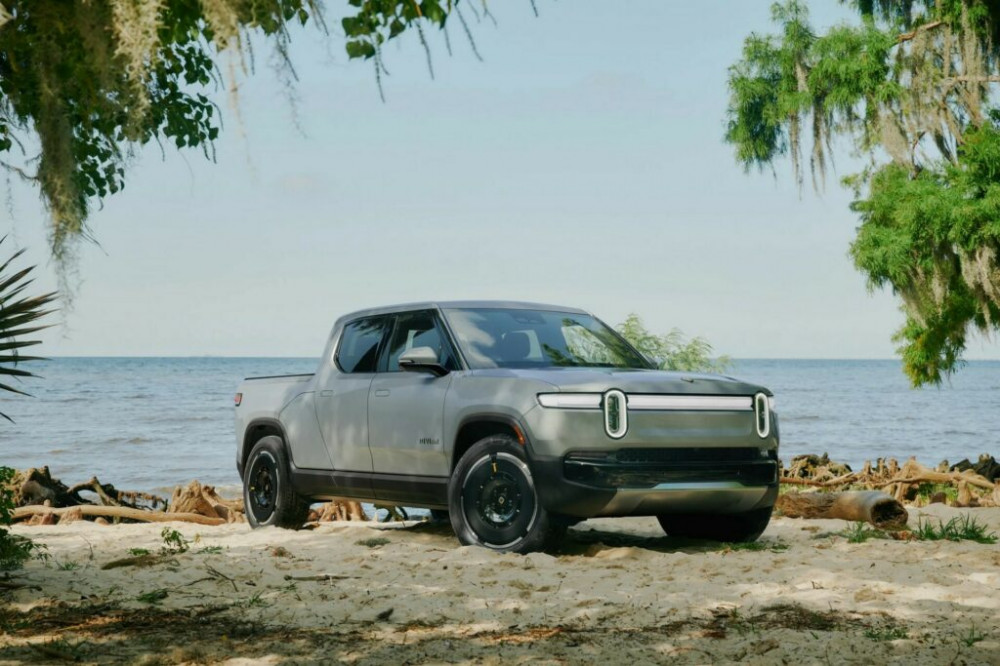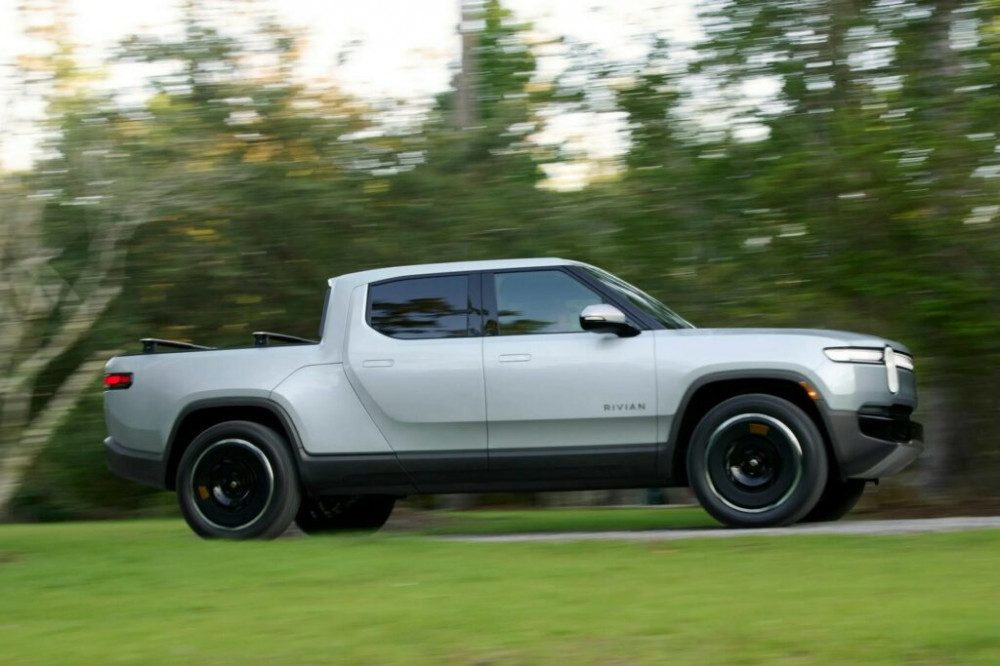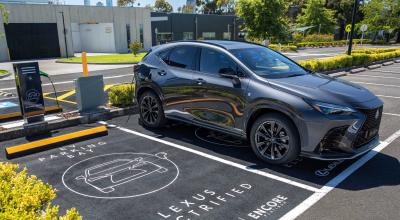Rivian R1T And R1S Second-Gen Models Bring New Features, Enhanced Power, And Updated Design

by AutoExpert | 7 June, 2024
Rivian has unveiled the R1T and R1S, the second-generation models. Alterations to the front and rear bumpers and taillights, together with new wheel designs that cut down on wind resistance, make up the appearance.
Additionally noteworthy is the fact that later this year, the headlights will be equipped with Adaptive Drive Beam technology. Blackout trim and a new Storm Blue exterior color are available to customers. Inside, you'll find a Dynamic Glass Roof, a color-selectable ambient lighting system, and a whole new music system.

The latter, being electrochromic, allows for electronic tinting at the push of a button. Digital key technology and an Unreal Engine-powered user interface makeover are two more notable features. Owners may anticipate a "unique and playful illustration style enhanced with real-time graphics," but Rivian remained vague on details.
Additionally, a new subscription service called Connect+ is available to customers. It offers video streaming via Google Cast, access to over 3,000 applications, and "access to Apple Music's catalog of over 100 million songs and 30,000 playlists, ad-free." With "a Rivian-designed and built drive unit offered in tri-motor and quad-motor configurations," the models provide "more power, performance, and range." Launch Mode produces 1,025 horsepower (764 kW or 1,039 PS) and 1,198 lb-ft (1,622 Nm) of torque, according to the company's quad-motor R1T.

Because of this, the electric vehicle will be able to accelerate from 0 to 60 mph (0 to 96 km/h) in under 2.5 seconds. Two rear motors make up the tri-motor system, which has a total output of 850 horsepower (634 kW or 862 PS). As little as 2.9 seconds will be required to get from 0 to 60 mph (0 to 96 km/h). Rivian also verified a dual-motor all-wheel drive system with 665 horsepower (496 kW or 674 PS). This resulted in a 3.4-second acceleration to 60 mph (96 km/h). Rivian has also announced two new battery packs, the Max and the Large.
Their redesigned modules and more efficient packing should make them easier to build and service. We expect the new batteries to offer a range of up to 676 km, or 420 miles. A new standard pack with a lithium-ion phosphate battery is in the works for customers with more modest budgets. With any luck, it will reach 270 miles (435 km) of the expected EPA-calculated range. In terms of range, the business improved efficiency by switching to a new electrical architecture and computing platform, as well as redesigning their heat pump-based thermal system.

The latter allows for the possible removal of an astounding 1.6 miles (2.6 km) of wire from each car due to the fact that it has 10 fewer ECUs than its predecessor. Rivian has released a new autonomous platform for the R1s, which they call a "significant leap forward in capability." Compared to earlier models, it boasts "eight times the number of camera megapixels" and is ten times stronger. Because of this, the system can "see far into the distance, even in poor weather and light conditions."
Eleven cameras, five radars, and analytical AI make up the system. Additionally, Rivian said that there would be two variants, the base model of which would come with features like Blind Spot Monitoring and Highway Assist. Optional features like Enhanced Highway Assist and Lane Change on Command are available with the Rivian Autonomy Platform+. For some versions, production has already begun, and shipments are available right now. The R1S begins at $75,900, while the R1T starts at $69,900.






































